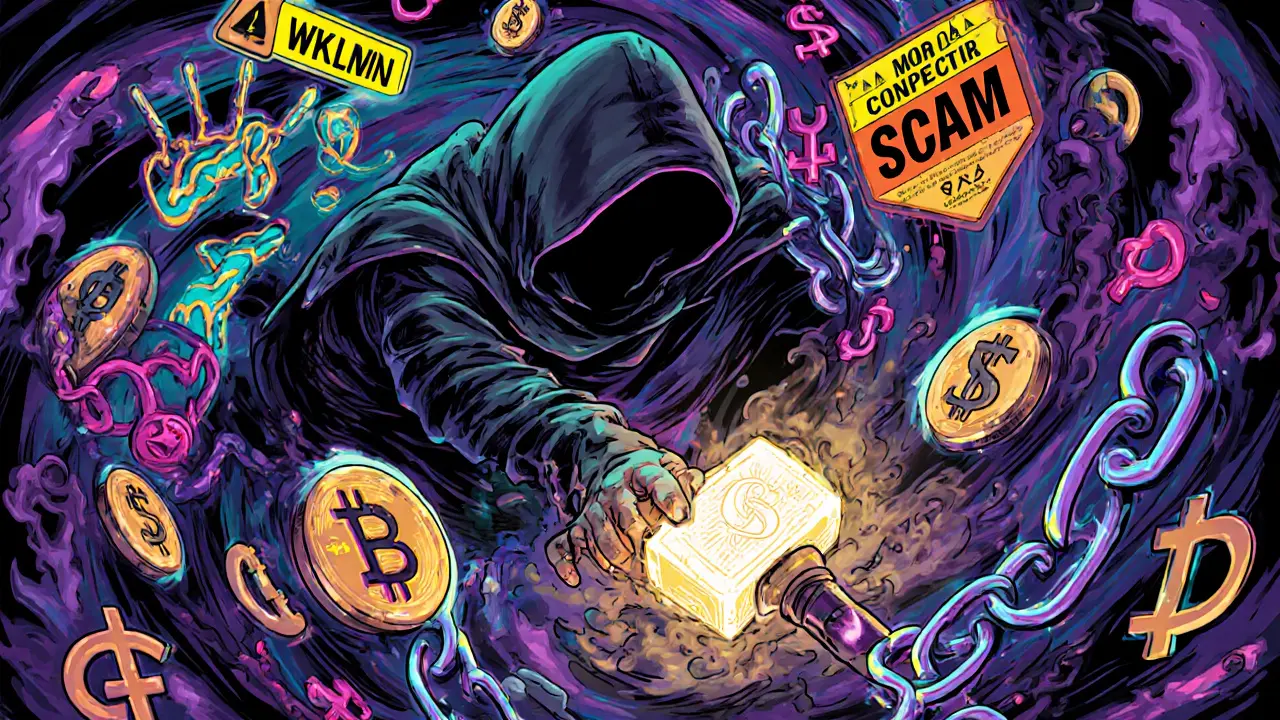KIM Token: What It Is, Where It’s Used, and What You Need to Know
When you hear KIM token, a cryptocurrency token with limited public documentation and no major exchange listings. Also known as KIM, it appears in niche crypto circles but lacks the transparency, team, or use case that most viable tokens have. Unlike well-known tokens like GMT or POR, KIM doesn’t show up in CoinMarketCap, CoinGecko, or any major DeFi dashboard. That’s not a coincidence—it’s a red flag.
Most tokens that survive in crypto have clear roles: governance, staking rewards, access to a platform, or utility inside a game or app. KIM token doesn’t clearly fit any of these. No whitepaper, no GitHub activity, no team members listed—just a name and a price chart that flickers in low-volume trades. It’s not a scam by definition, but it’s close to being a ghost asset. Compare that to Portuma (POR), a low-cap token with no real use case and a market cap under $300K, or Electric Cash (ELCASH), a coin that crashed 99.9% and vanished from development. KIM behaves the same way: no updates, no community, no roadmap. If a token doesn’t explain why it exists, it probably doesn’t.
Tokenomics matters. If you can’t find how many tokens exist, who holds them, or how they’re distributed, you’re not investing—you’re gambling. Real tokens like RWA tokenization, the process of turning real assets like bonds or property into blockchain-based tokens have institutional backing, audit trails, and clear value drivers. KIM has none of that. It’s not even listed on exchanges like BingX, BUX, or Coinext where retail traders actually move money. The only places you’ll find it are obscure DEXs with zero liquidity and anonymous creators.
So what’s the takeaway? If you’re looking at KIM token because someone told you it’s "the next big thing," pause. Look at the data. Check the supply. See if anyone’s talking about it outside of Telegram groups with 50 members. Most of the tokens that disappear quietly are the ones no one warns you about. The ones with names like KIM, VATAN, or ELCASH—they’re not hidden gems. They’re landmines in disguise. This collection below doesn’t hype them. It shows you what’s real, what’s dead, and what’s just noise. You’ll find reviews of exchanges that actually work, airdrops with real rules, and tokens with clear utility. Skip the ghosts. Focus on what’s built to last.
KIM (KingMoney) WKIM Mjolnir Airdrop: What’s Real and What’s Not
There is no WKIM Mjolnir airdrop from KingMoney - it's a scam. Learn the truth about KIM crypto, why fake airdrops exist, and how to avoid losing your crypto to fraud.
